I miss my old Windsor Street Yard layout. While my coal country project was interesting, it just didn’t have the excitement (read, variety) I was really craving. It’s why it’s been sitting, just started, under TTRAK modules for the past year or so. The big stumbling block was that I could not come up with a plan for fitting the NCR into my basement. Well, after reading Model Railroad Planning 2021 for the third time through, I finally figured it out. Now it’s full speed ahead.
First a bit of background. Modeling the Northern Central under Conrail has been an idea that I’ve been playing with for over 15 years. It’s a stretch of railroad that was too pretty to live and that died as a result of hurricane Agnes in 1972. I’ve got a full rundown of what the NCR is and what actually happened here if you’re interested. There are many reasons I think the NCR is a great modeling subject, but one of them is that by playing with reality I can introduce all sorts of things that were part of The Conrail Story: a rich sense of history and “big time” operations in a small package. In this way it’s like the far better known Buffalo Line north of Harrisburg (which was actually also the Northern Central Railroad before becoming part of the mighty Pennsylvania system).
After having have operated on Steven Mallery’s awesome Buffalo Line I realized that I really wanted to include helper operations on my rendition of the NCR. In fact, Steven’s layout is inspirational in a number of ways, but I’ll come back to some of those later. Helper operations mean grades, and grades mean being able to take advantage of vertical space to add more run. This was the big breakthrough in figuring out a plan. While a helper district in the rolling hills of York County may seem like a stretch, this very thing is one of the reasons the PRR initially favored the more circuitous Port Road for freight trains so it’s not as far fetched as it might immediately seem. I embraced the fact that this is a model railroad and decided to amplify some aspects of the prototype for entertainment value. The embrace of helper ops dictated some general parameters for the layout: there need to be two end points for the helper district with a substantial grade between them.
I started by identifying the two end points. For the south end I decided to go with New Freedom. New Freedom is where the Northern Central interchanges with the Stewartstown Railroad, a short line that makes my beloved Strasburg look like The Northeast Corridor. It also was, under the PRR, a helper base, which makes it the perfect candidate to carry on that duty on my interpretation.
York is the obvious candidate for the other end of the helper district. Not only is it the biggest town (well, city) on the line, but it also has the most operational interest. There’s a stretch of mainline street running, lines radiating in all four directions, and a yard (made famous by my last layout, of course).
The grade itself will be the third star in the ensemble cast. By stretching things out and adding a short helix, I’m able to get a good vertical separation between decks with a respectable 2.3% grade. That should tax crews but not be impossible. Steven’s layout has a 3% grade that makes things fun so I figure I’m safe.
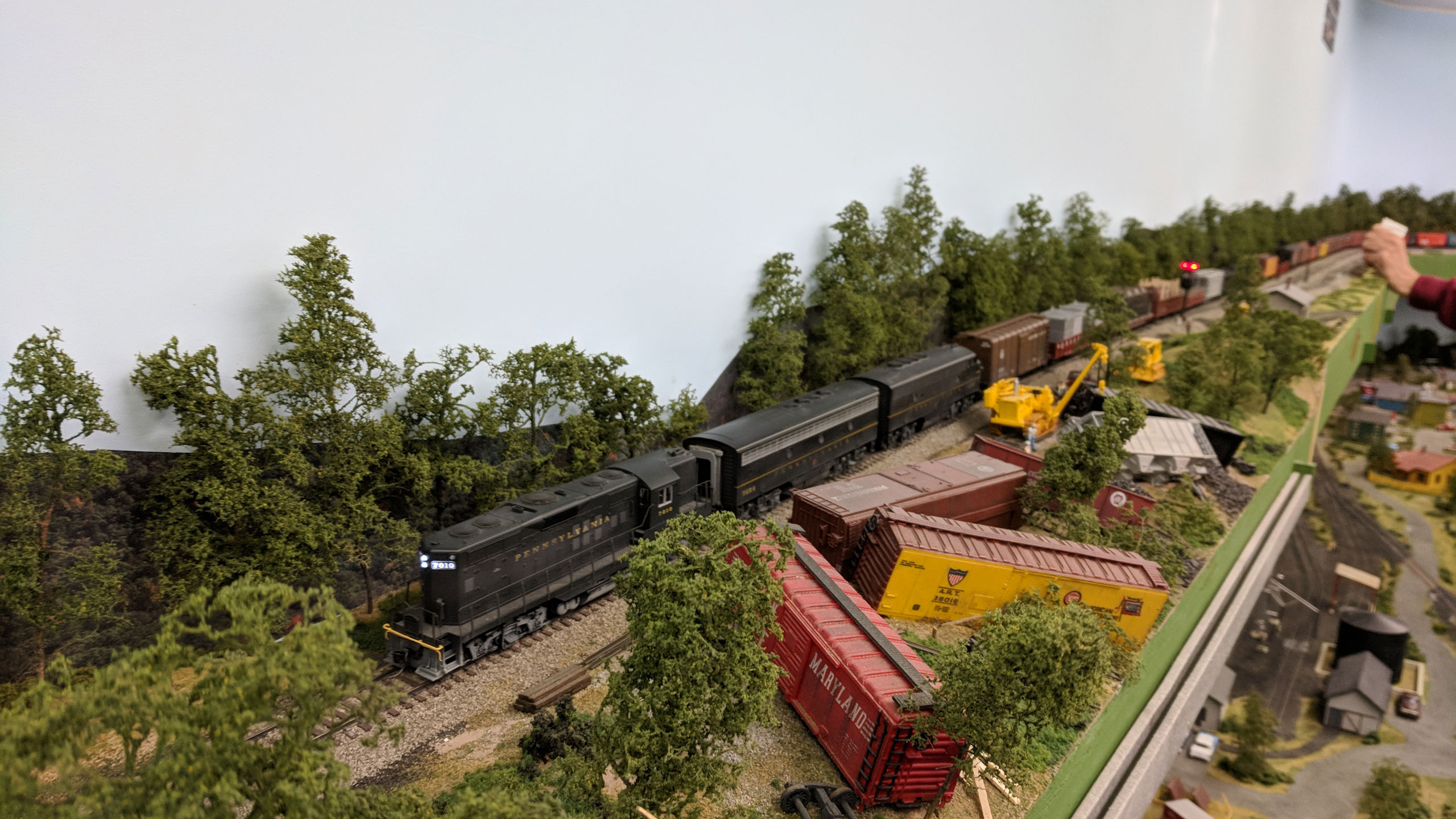
There are some truly scenic areas along this stretch of railroad and I’m hoping my plan will do them justice.
So lets get to the plan. Upper level first.
Trains enter from staging (in the laundry room, through the wall at bottom left) and into CP Loucks. This is the north end of a more accurate rendition of Windsor St Yard: the operational hub of the layout. From there they navigate York and its various charms before heading down the street running on Pershing Ave and off into the wild. The grade starts just past Pershing Ave and is a fairly steady down grade forming a “Nolix” until it enters the helix. There are a few scenic highlights of this stretch, including Hanover Junction and a stretch where the tracks parallel I83. This is not exactly accurate for the section modeled, but I love the scene in Baltimore and might just make an allowance to incorporate it here.
From there we enter the lower level.
Trains emerge from the 2 turn helix and and continue their descent through Glen Rock, Seitzland and finally into New Freedom. New Freedom will serve as the base for helpers. It’s where northbound trains heading up hill will get their “little friends” for the climb. I am thinking about adding another industry here but for now the other major feature is the interchange with the Stewartstown. I’m planning on expanding the Stew’s customer list to include a plastic pellet transload (similar to the East Penn before it became the Colebrookdale) and an 84 Lumber. Why? Because I’m amused by a 44 tonner pulling 70′ centerbeams.
I’ve surveyed the laundry room for staging and I have some good options there but haven’t put the plan together yet. In the meantime I’m working on cleaning up the space in prep for construction, replacing a window that needs to be done before I start, and figuring out how to get an air conditioner in there too.
This should be a fun layout for ops sessions of 3-5 people or even just run by myself. It’ll give me a combination of mainline railroading, great scenery, and a subject that I have sorely missed since I had to tear down my old Windsor Street layout.
You can follow along on my progress on my layout build thread on The Railwire.
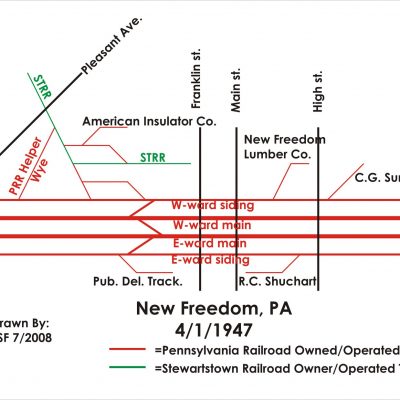
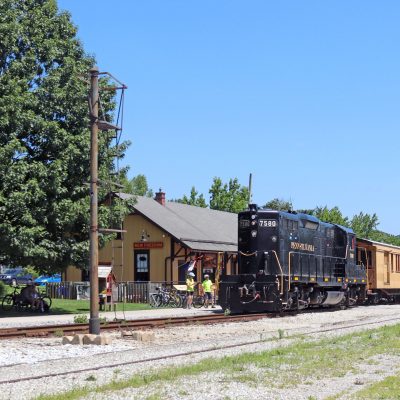
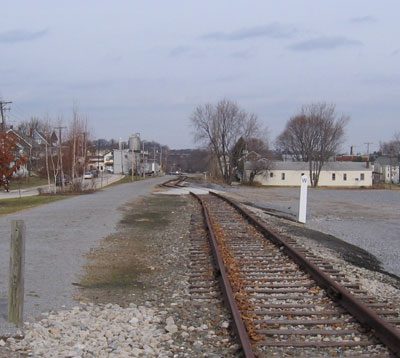
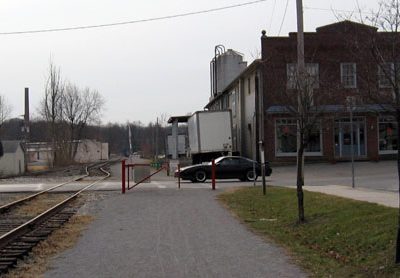
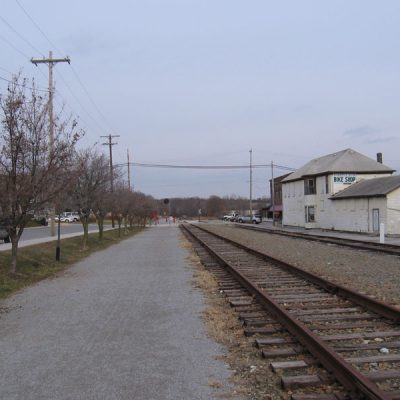
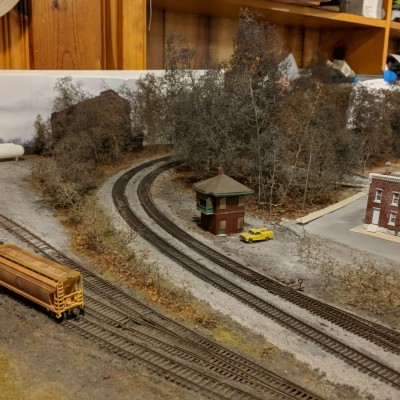

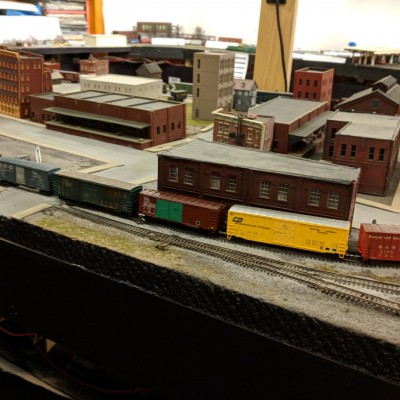
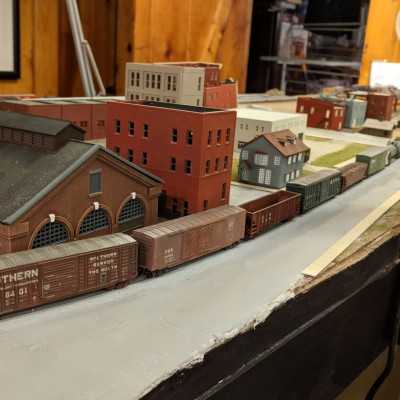
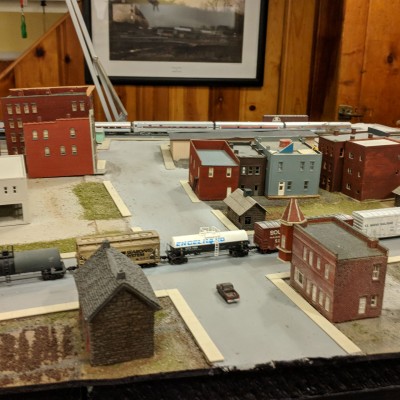
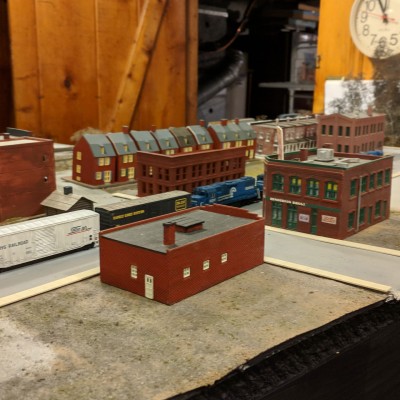


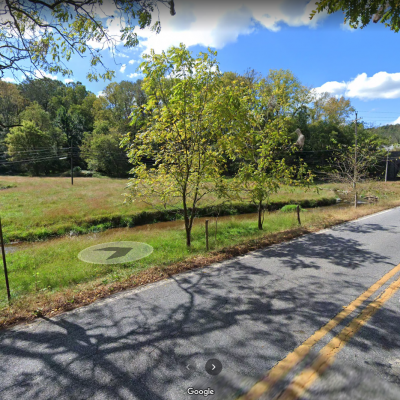
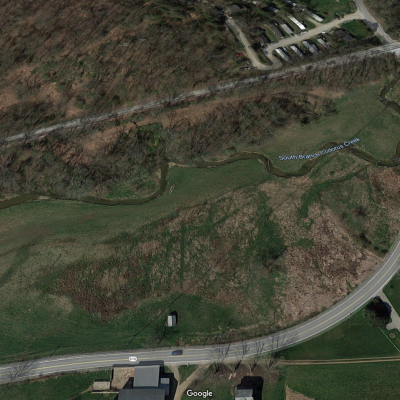
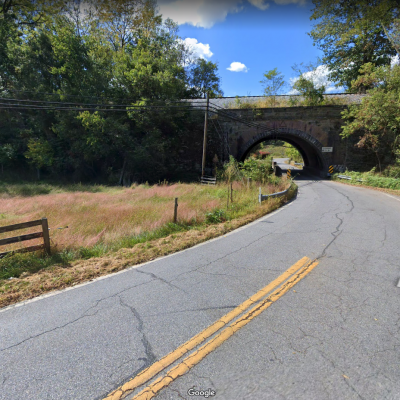
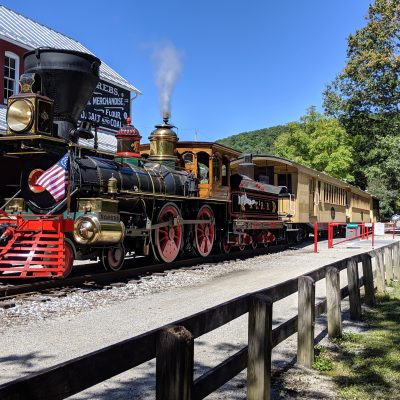
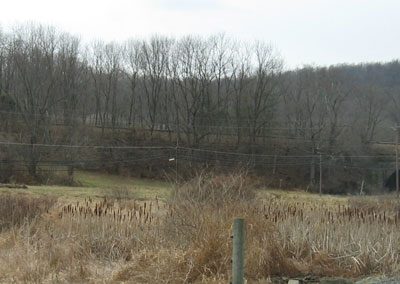
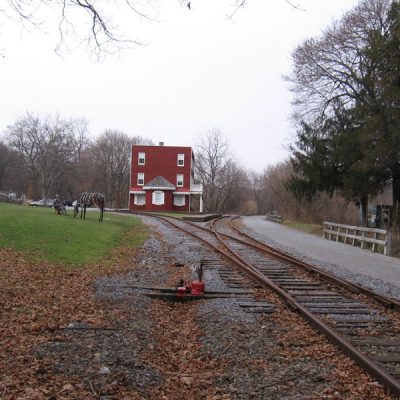
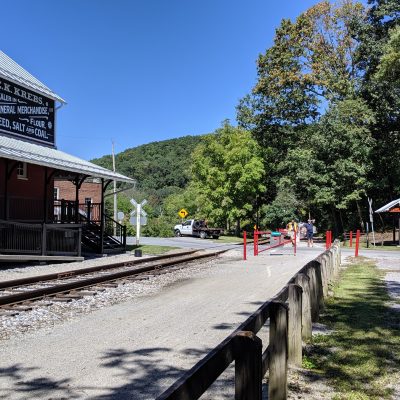
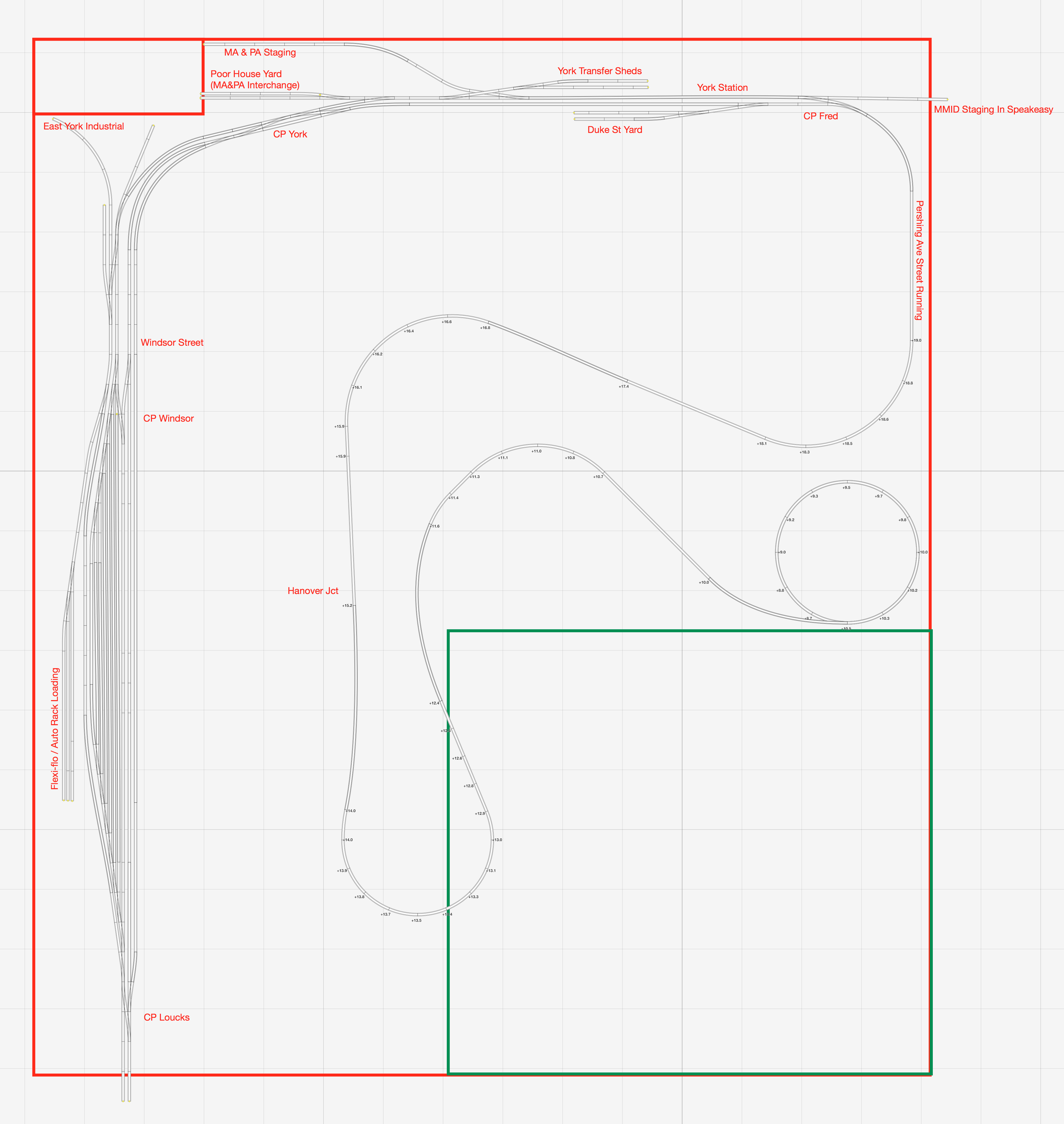
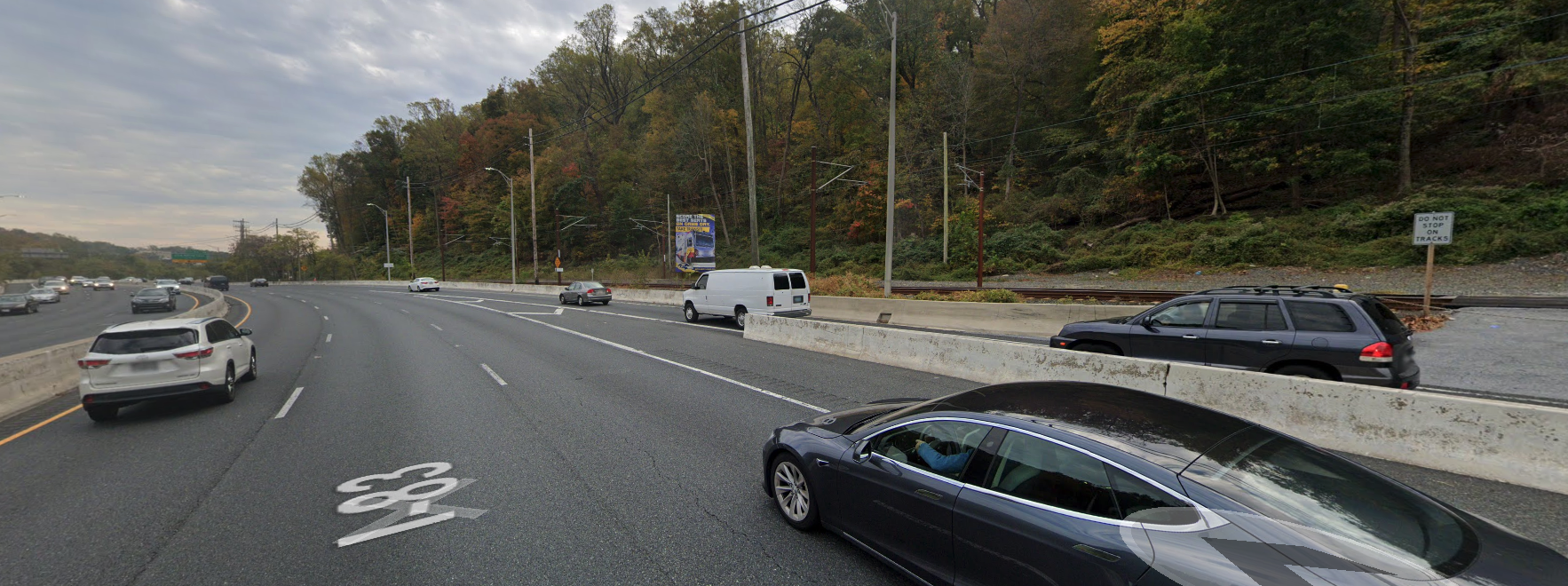
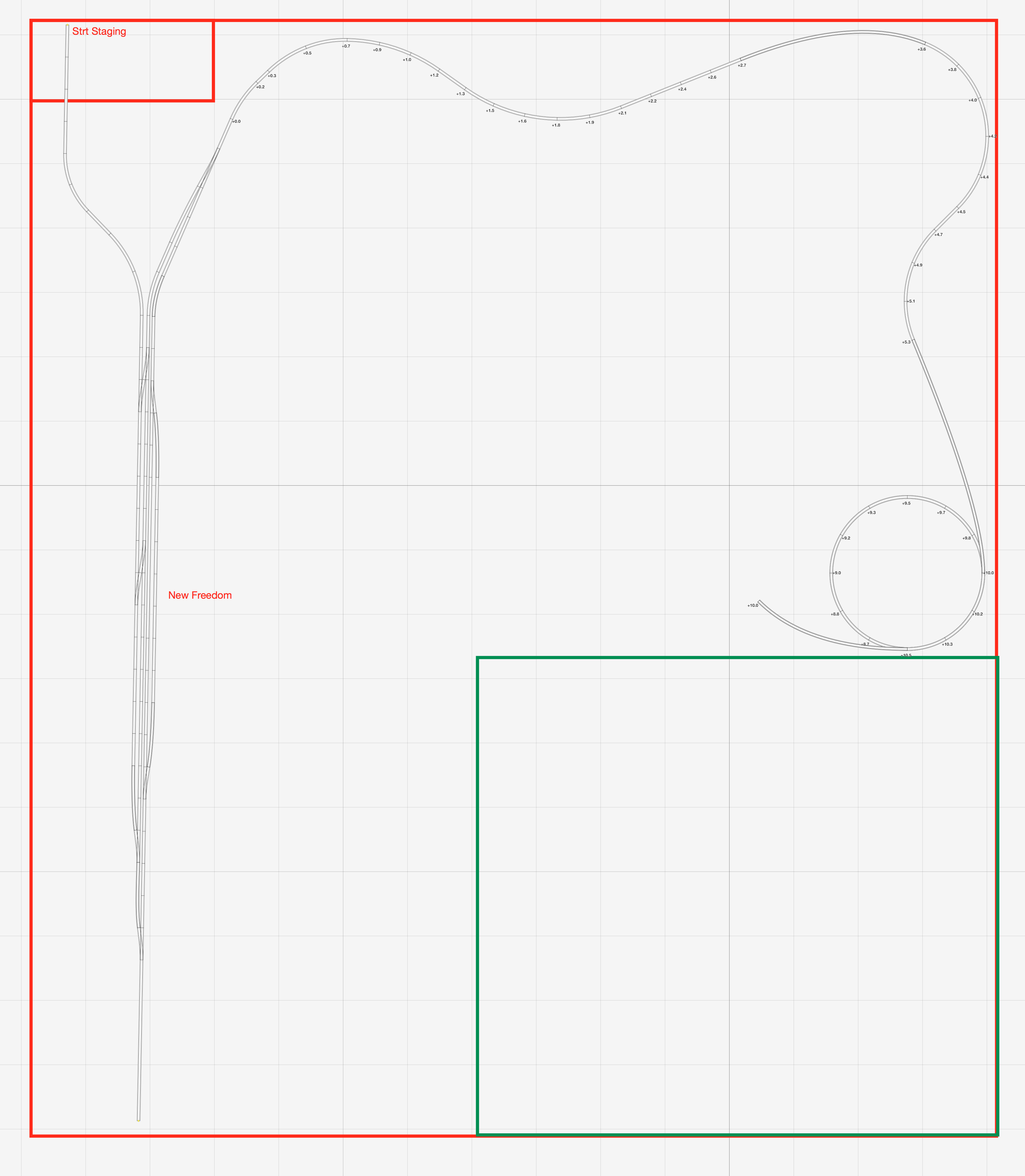
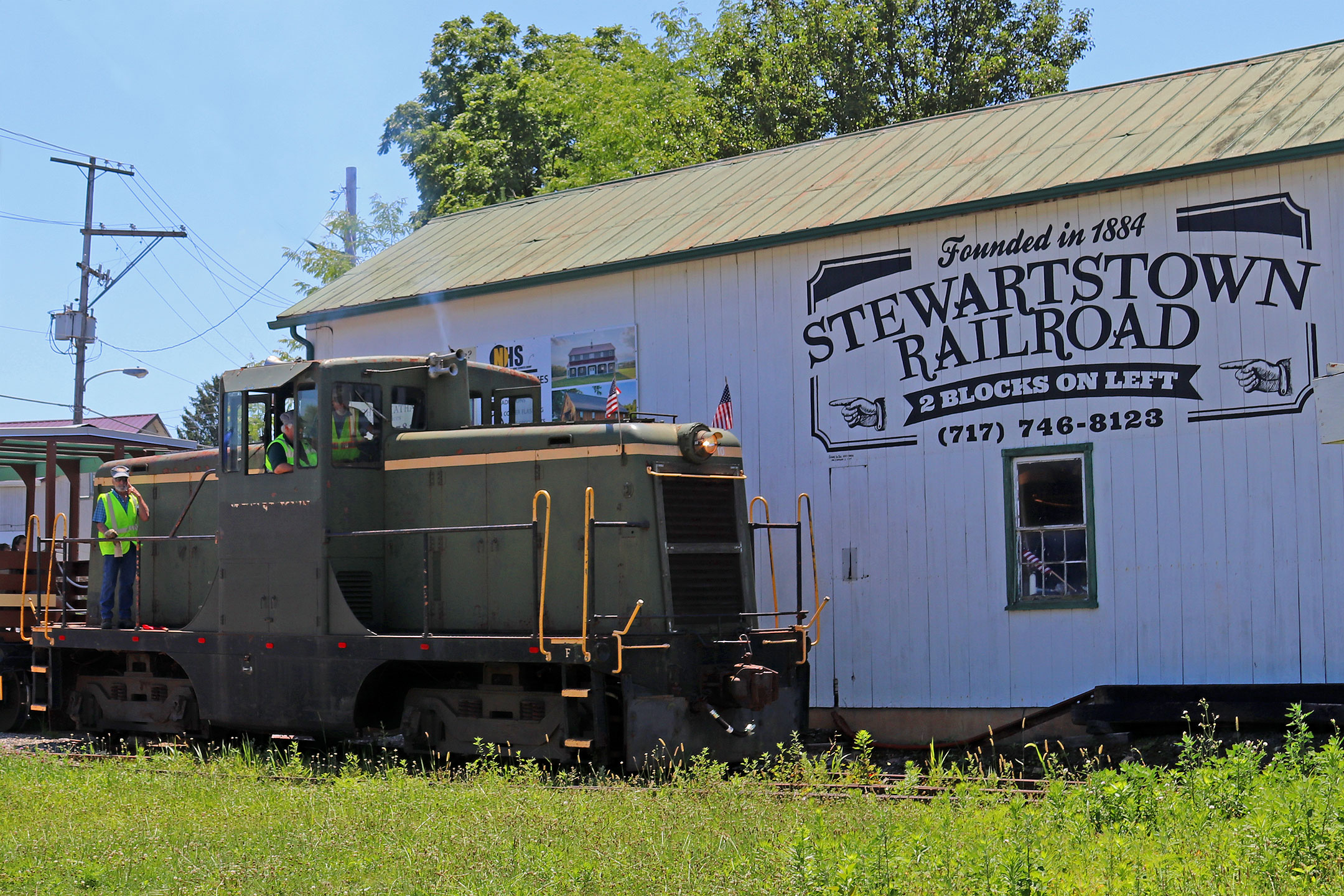
One thought on “Forget Coal Country, The Northern Central is Back”
Comments are closed.